Provence Herbs: A Flavorful Journey Through Southern France
Imagine strolling through a sun-drenched lavender field in Provence, the air fragrant with rosemary, thyme, and oregano. This is not just poetry—it’s everyday life in one of the most aromatic regions of the world. In this article, we’ll explore the magic of Provence herbs, their origins, uses, and how you can bring that classic French flair into your own kitchen.
Table of Contents
- A Taste of History: The Origins of Provence Herbs
- The Holy Herb Trinity (Plus a Few Friends)
- Pro Tips for Using Provence Herbs Like a Local Chef
- Top 5 Recipes That Show Off Provence Herbs
- Growing Your Own Mini-Provence Garden at Home
- Pairing Provence Herbs with Wines & Cheeses
- Common Myths About Dried vs Fresh Provence Herbs
- Conclusion: Why Provence Herbs Deserve a Permanent Spot on Your Shelf
A Taste of History: The Origins of Provence Herbs
Provence, located in southeastern France, has been the birthplace of some of Europe’s most beloved flavors. Long before chefs began bottling these herbs into neat spice mixes, local farmers and cooks were drying them in the warm Mediterranean sun to preserve their flavor during colder months.
The use of Provence herbs dates back centuries, influenced by both Roman traders and Middle Eastern spices brought over during the Crusades. Today, the blend typically includes a mix of dried or fresh herbs like thyme, rosemary, basil, savory, marjoram, sage, oregano, and sometimes even lavender—yes, really!
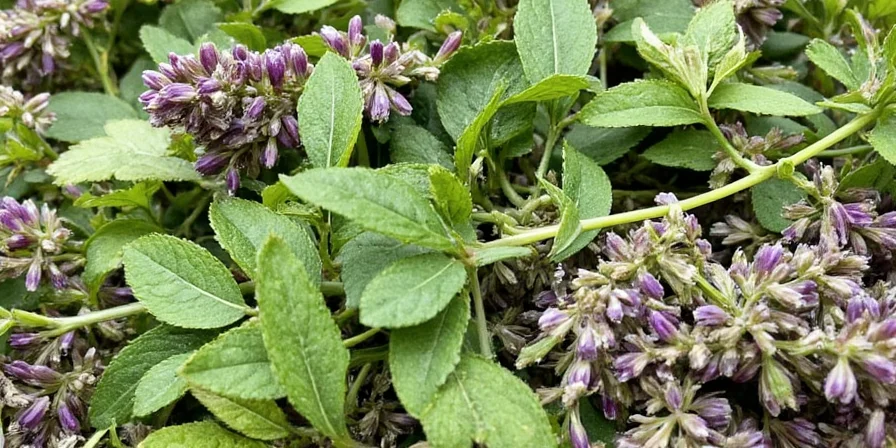
The Holy Herb Trinity (Plus a Few Friends)
If there was ever a holy trinity in French herb culture, it would be:
- Thyme: Earthy, slightly minty, and perfect for roasting meats.
- Rosemary: Woody, aromatic, and bold—great for breads, potatoes, and lamb.
- Basil: Sweet and peppery, often used fresh in summer dishes.
But wait—don’t forget the supporting cast:
- Savory: Peppery and sharp, ideal for bean dishes.
- Oregano: Slightly more pungent than its Italian cousin.
- Lavender: Adds floral notes to desserts and teas (used sparingly!).
| Herb | Flavor Profile | Best Used For |
|---|---|---|
| Thyme | Earthy, minty | Roasts, stews, soups |
| Rosemary | Woody, pine-like | Lamb, potatoes, bread |
| Basil | Sweet, peppery | Pesto, salads, pasta |
| Savory | Spicy, herbal | Bean dishes, grilled meats |
| Oregano | Strong, earthy | Pizza, tomato sauces |
| Lavender | Floral, citrusy | Desserts, teas, syrups |
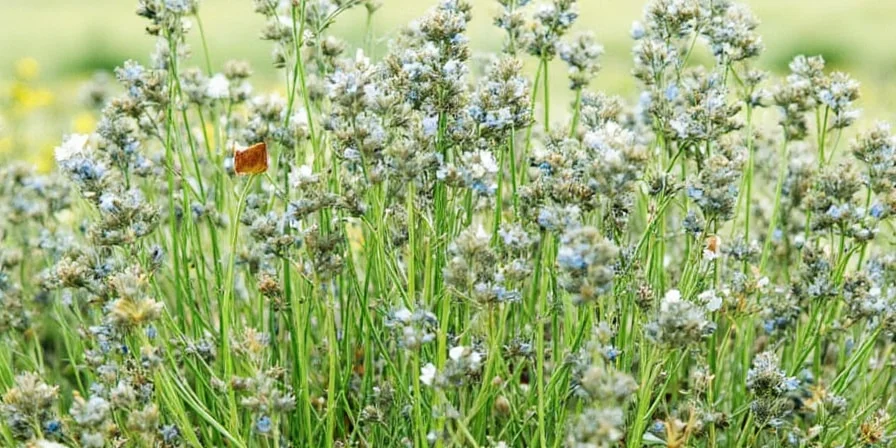
Pro Tips for Using Provence Herbs Like a Local Chef
You don’t need to live in France to cook like a Provençal chef. Here are some easy tricks to make the most out of your Provence herbs:
- Don’t Overdo Lavender: Just a pinch adds elegance; too much makes everything smell like soap.
- Add Early for Dried Herbs: Dried herbs benefit from long cooking times to release their oils fully.
- Fresh Is Best for Basil: Add fresh basil at the end of cooking or toss raw into salads and pastas.
- Create Your Own Mix: Combine equal parts thyme, rosemary, oregano, and a touch of lavender. Store in an airtight jar.
- Infuse Oils and Vinegars: Place a few sprigs in olive oil or vinegar to make homemade infused condiments.
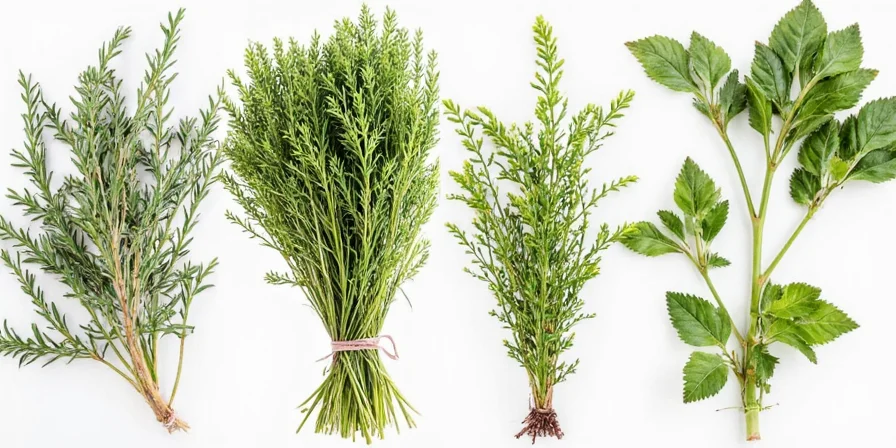
Top 5 Recipes That Show Off Provence Herbs
Ready to impress? Try these five recipes where Provence herbs take center stage:
- Ratatouille: This vegetable medley sings when seasoned with thyme, basil, and oregano.
- Herbes de Provence Roast Chicken: Rub chicken with olive oil and your favorite blend before roasting.
- Pissaladière: A French onion tart topped with anchovies, olives, and thyme.
- Lavender Lemonade: A refreshing summer drink using culinary-grade lavender.
- Provence Herb Breadsticks: Simple dough mixed with herbs and baked until golden.

Growing Your Own Mini-Provence Garden at Home
You don’t have to travel to southern France to grow these beauties. With the right conditions, you can cultivate your own little corner of Provence anywhere:
- Sunlight: All of these herbs love full sun—6–8 hours daily.
- Well-Drained Soil: Make sure your pots or beds allow good drainage to avoid root rot.
- Avoid Overwatering: These Mediterranean natives prefer dry conditions.
- Harvest Regularly: Pruning encourages growth and keeps plants bushy.
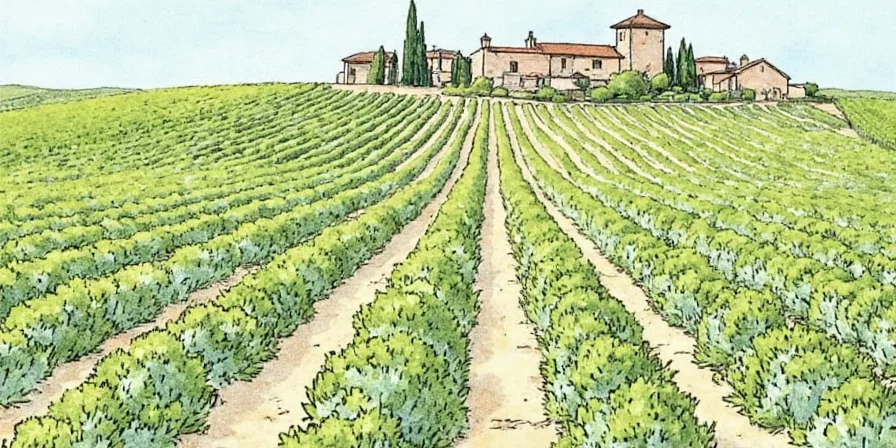
Pairing Provence Herbs with Wines & Cheeses
Want to level up your dinner party game? Pair dishes made with Provence herbs with complementary wines and cheeses:
- Wine Pairings:
- Châteauneuf-du-Pape (rich red with hearty stews)
- Côtes du Rhône (versatile red for herb-roasted meats)
- Provence Rosé (crisp and fruity, perfect with ratatouille)
- Cheese Pairings:
- Brie (creamy and mild, balances strong herbs)
- Manchego (Spanish sheep’s cheese with herby bites)
- Goat Cheese (sharp, pairs well with thyme and rosemary)
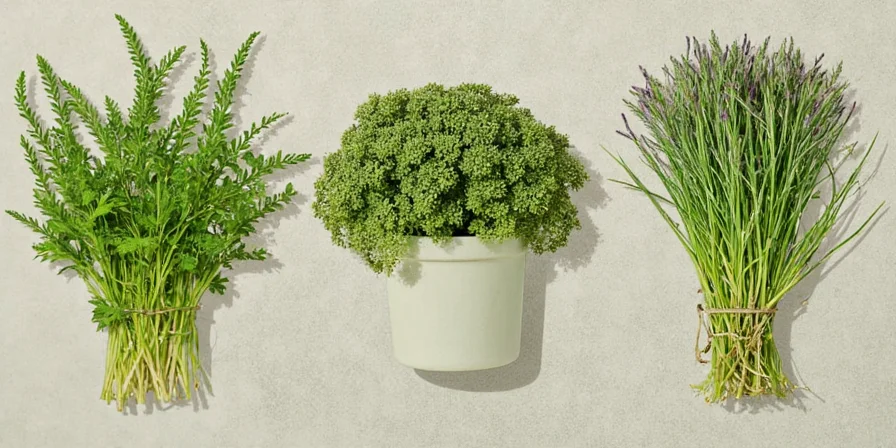
Common Myths About Dried vs Fresh Provence Herbs
Let’s bust some myths floating around the culinary world:
- Myth #1: Dried herbs are always stronger than fresh.
Truth: Not necessarily! It depends on storage and age. Fresh herbs pack a punch when used at peak freshness. - Myth #2: You should never use dried herbs in delicate dishes.
Truth: Crushed dried herbs can work beautifully in sauces and dressings if added early enough. - Myth #3: Lavender belongs only in perfume and candles.
Truth: Culinary lavender exists—and it’s delicious in desserts and cocktails.
Conclusion: Why Provence Herbs Deserve a Permanent Spot on Your Shelf
Incorporating Provence herbs into your cooking is like giving your meals a mini-vacation to southern France. Whether you’re tossing a handful into a stew, rubbing it onto a roast, or sipping lavender lemonade on your porch, these herbs add depth, complexity, and charm.
From their historical roots to their modern-day culinary uses, Provence herbs are more than just seasoning—they’re a lifestyle. So why not start growing, cooking, and enjoying the magic of these timeless flavors today?
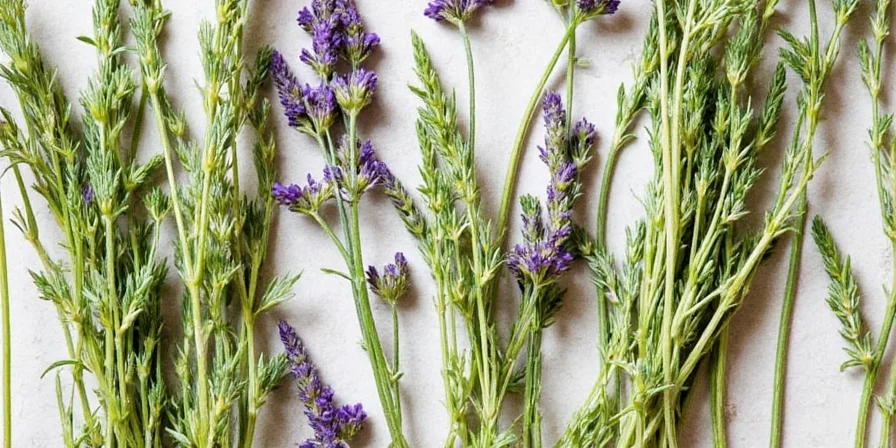
Now go ahead—sprinkle some joy, season your life, and embrace the aroma of Provence, wherever you are.

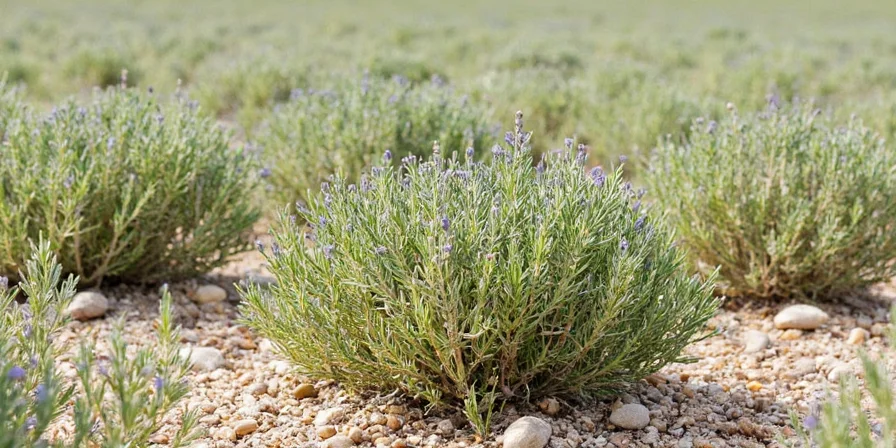









 浙公网安备
33010002000092号
浙公网安备
33010002000092号 浙B2-20120091-4
浙B2-20120091-4